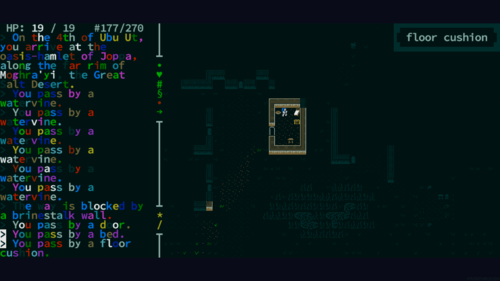Modding:Harmony: Difference between revisions
(Added details on when to avoid Harmony Patches) |
m (Softened the language a bit. These are good points, but I think it's going too far to say that Harmony is buggy. A well-implemented Harmony patch will be efficient, resilient against game updates, and compatible with other mods.) |
||
| Line 6: | Line 6: | ||
For a primer on using Harmony to patch game methods, see [https://harmony.pardeike.net/articles/patching.html this article]. | For a primer on using Harmony to patch game methods, see [https://harmony.pardeike.net/articles/patching.html this article]. | ||
While Harmony Patches are powerful and are often the easiest and most | While Harmony Patches are powerful and are often the easiest and most direct way to modify behaviour, they are more prone to incompatibility with other mods and future updates, and they can be more difficult to debug or troubleshoot if something goes wrong. A Harmony patch should be considered a last resort only if the desired functionality cannot otherwise be achieved by using the existing part and event infrastructure available in the game, or another similar solution. | ||
That said, there do remain some situations in which | That said, there do remain some situations in which Harmony patches are required in order to affect certain functionality. In these cases, Postfix patches tend to be the most compatibility friendly, followed by non-blocking Prefix patches. Prefix patches that prevent the main function from running or Transpiler Patches that modify the IL Code of a function are often more likely to conflict with other mods and should be avoided unless they are the only option. | ||
== Example: Chaotic-Colored Message Text == | == Example: Chaotic-Colored Message Text == | ||
Revision as of 14:53, 25 March 2021
| This article is a stub. You can help Caves of Qud Wiki by expanding it. |
Harmony is a library for dynamically patching C# code. In the context of Caves of Qud modding, it's useful for changing the behavior of things that are not explicitly exposed through the game's modding interface. Harmony is included in the base game, and as such doesn't require any external mods to use.
For a primer on using Harmony to patch game methods, see this article.
While Harmony Patches are powerful and are often the easiest and most direct way to modify behaviour, they are more prone to incompatibility with other mods and future updates, and they can be more difficult to debug or troubleshoot if something goes wrong. A Harmony patch should be considered a last resort only if the desired functionality cannot otherwise be achieved by using the existing part and event infrastructure available in the game, or another similar solution.
That said, there do remain some situations in which Harmony patches are required in order to affect certain functionality. In these cases, Postfix patches tend to be the most compatibility friendly, followed by non-blocking Prefix patches. Prefix patches that prevent the main function from running or Transpiler Patches that modify the IL Code of a function are often more likely to conflict with other mods and should be avoided unless they are the only option.
Example: Chaotic-Colored Message Text
Create somefile.cs in your .../Mods/ModName/ directory, with the following code:
using HarmonyLib;
namespace YourMod.HarmonyPatches
{
[HarmonyPatch(typeof(XRL.Messages.MessageQueue))]
class YourPatch1
{
[HarmonyPrefix]
[HarmonyPatch("Add")]
static void Prefix(ref string Message)
{
Message = "{{chaotic|" + Message + "}}";
}
}
}
| |||||||||||
